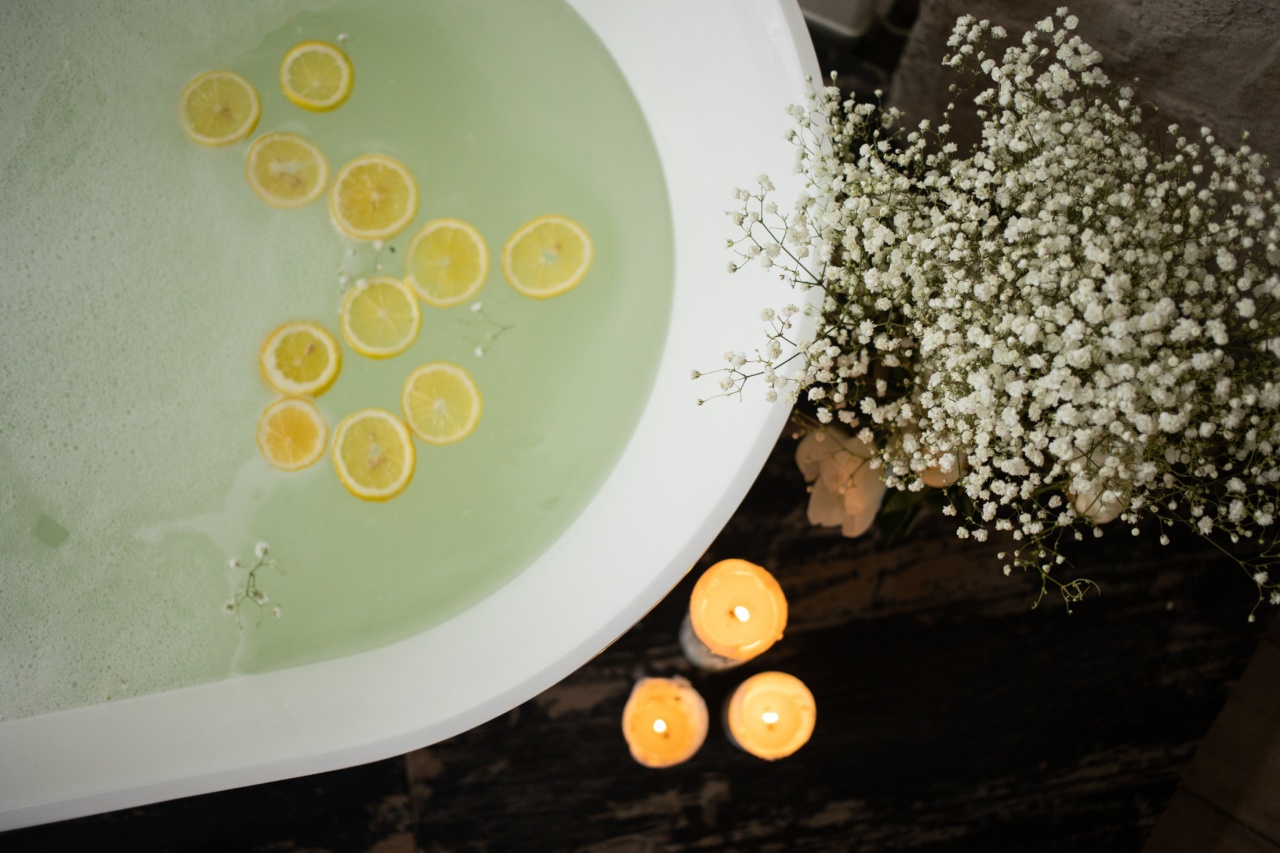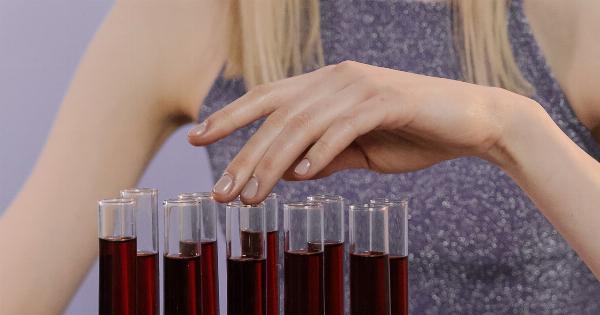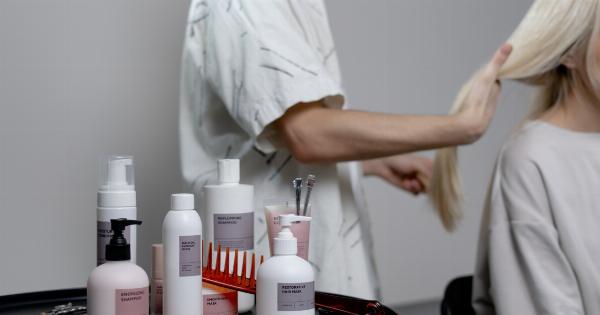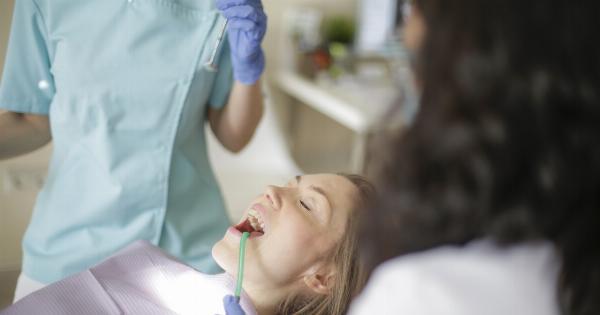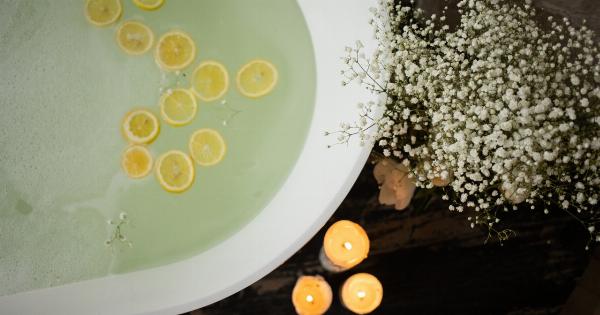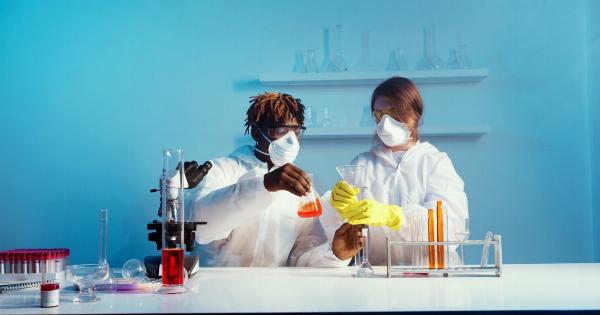Burns are common injuries that can vary in severity and cause significant pain and discomfort.
Whether it’s a minor burn from touching a hot pan or a more severe burn due to fire or chemicals, proper treatment is essential for optimal healing and to prevent complications. Here are the top do’s and don’ts of burn treatment:.
1. Do Assess the Severity of the Burn
Before initiating any treatment, it is crucial to assess the severity of the burn. Burns are generally classified into three categories:.
- First-degree burns: Superficial burns that only affect the outer layer of the skin. They cause redness, mild swelling, and pain.
- Second-degree burns: These burns affect both the outer layer and the underlying dermis. They cause blistering, intense pain, and may appear wet or shiny.
- Third-degree burns: The most severe type of burn that extends beyond the dermis, damaging deeper tissues. Third-degree burns often appear white, charred, or blackened.
2. Don’t Pop or Break Blisters
If blisters develop as a result of a burn, it is essential not to pop or break them. Blisters act as a natural barrier against infection and aid in the healing process. Popping blisters can increase the risk of infection and delay healing.
3. Do Cool the Burn
One of the first steps in burn treatment is to cool the affected area. Run cool (not cold) water over the burn or apply a cold compress for 10-15 minutes. Avoid using ice directly on the burn as it can further damage the tissues.
Cooling the burn helps to relieve pain, reduce swelling, and prevent the burn from spreading deeper into the skin.
4. Don’t Use Adhesive Bandages or Cotton Balls
Avoid using adhesive bandages directly on a burn as they can stick to the burn and cause further damage when removed. Similarly, using cotton balls or other fluffy materials can leave fibers on the burn site, increasing the risk of infection.
5. Do Cover the Burn
After cooling the burn, cover it with a sterile non-stick dressing or a clean, non-fluffy cloth to protect it from dirt and bacteria. The dressing should be loose enough to allow air circulation but snug enough to stay in place.
Avoid using adhesive dressings directly on the burn.
6. Don’t Apply Butter, Ointments, or Toothpaste
Contrary to popular belief, applying butter, ointments, toothpaste, or other home remedies to a burn can actually worsen the injury. These substances can trap heat, increase the risk of infection, and delay healing.
Stick to clean, cool water and sterile dressings for initial burn care.
7. Do Seek Medical Attention for Severe Burns
If the burn is larger than a small coin, affects the face, hands, feet, major joints, or genitals, or is a third-degree burn, seek immediate medical attention.
Severe burns require specialized medical care to prevent complications, manage pain, and promote proper healing.
8. Don’t Use Adhesive Tapes
Avoid using adhesive tapes directly on a burn as they can cause further damage and disrupt the healing process when removed.
If necessary, use non-stick dressings and secure them with a loose bandage or medical tape without applying direct pressure on the burn site.
9. Do Elevate the Burned Area
If possible, elevate the burned area above the level of the heart. This helps reduce swelling and minimizes pain. For burns on the hands or feet, keeping the affected limb elevated can make a significant difference in comfort and recovery.
10. Don’t Neglect Follow-up Care
Even after initial treatment, burns require ongoing care and monitoring. Follow any instructions provided by medical professionals and be diligent with wound cleaning, dressings changes, and medication administration (if prescribed).
If any signs of infection, worsening pain, or delayed healing occur, consult a healthcare provider promptly.
By following these top do’s and don’ts of burn treatment, you can ensure proper care, minimize complications, and promote faster healing.
Remember, when it comes to burn injuries, seeking professional medical advice is crucial, especially for severe burns or burns in sensitive areas.
